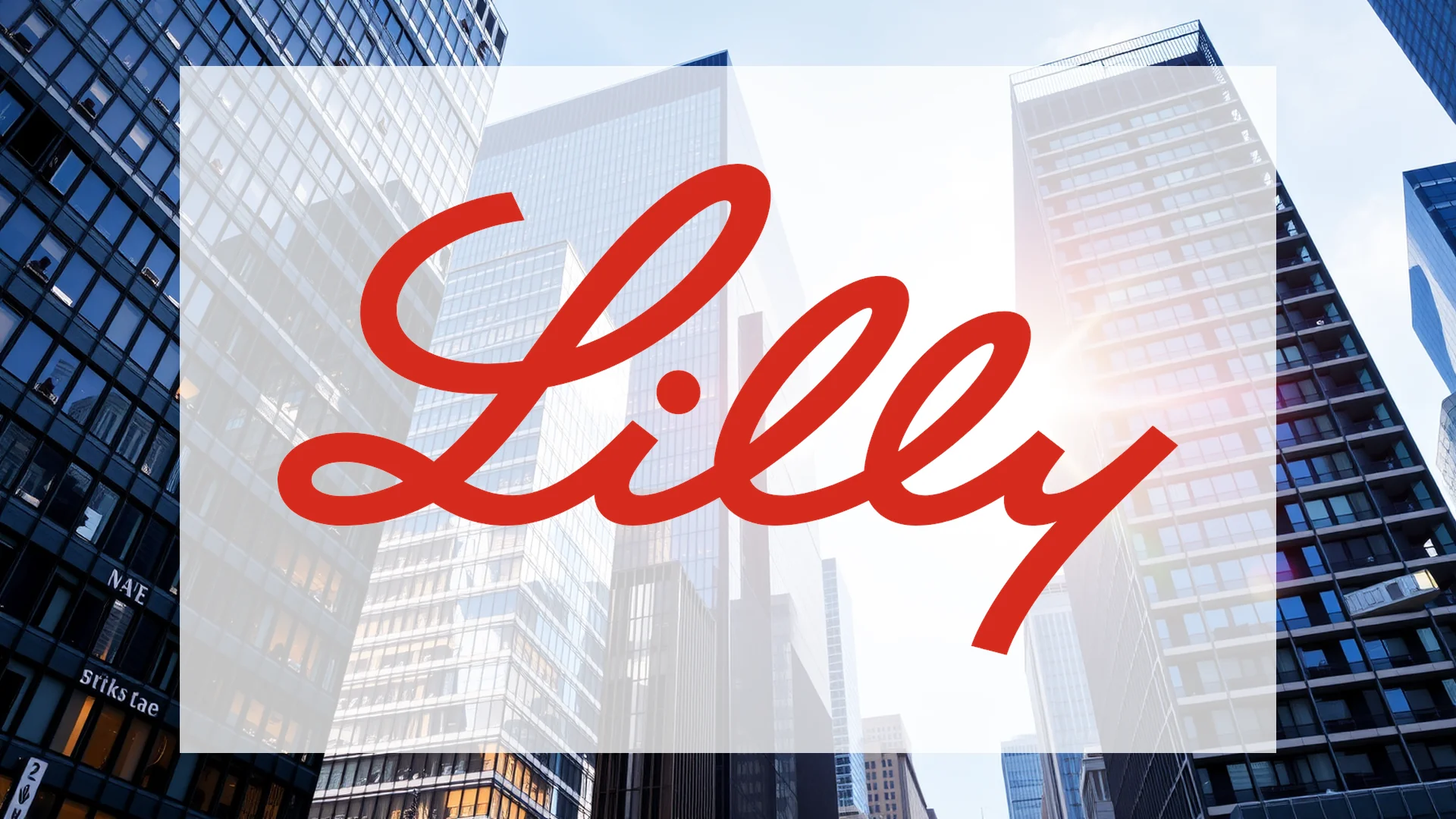Eli Lilly finds itself navigating regulatory challenges as the U.S. Food and Drug Administration takes issue with the pharmaceutical giant’s marketing approaches for its blockbuster weight-loss and diabetes medications. Despite this regulatory pressure, the company is responding with a bold countermove: a massive $5 billion manufacturing investment that signals confidence in its long-term growth trajectory.
Regulatory Challenge for Blockbuster Products
This week, the FDA issued a formal warning letter criticizing Eli Lilly’s promotional strategies for Mounjaro and Zepbound. The regulatory body alleges the company employed misleading advertising that omitted crucial safety information in direct-to-consumer campaigns. According to the FDA, Lilly failed to adequately highlight potential risks including thyroid C-cell tumors, while also downplaying other serious side effects such as pancreatitis and hypoglycemia.
The regulatory action doesn’t target Lilly exclusively—competitor Novo Nordisk received similar criticism regarding its GLP-1 medications, suggesting broader regulatory scrutiny across the weight-loss drug category.
Strategic Countermove: Major Capital Investment
Simultaneously with the FDA’s criticism, Lilly announced a substantial expansion of its manufacturing capabilities. The company revealed plans to invest $5 billion in a state-of-the-art production facility in Virginia, more than doubling its originally budgeted $2.1 billion investment for the project.
This manufacturing expansion is expected to create approximately 650 high-paying jobs and will focus on producing active pharmaceutical ingredients for cancer treatments and autoimmune medications. The substantial investment represents a strategic commitment to domestic production capacity that will help meet overwhelming demand for the company’s successful pharmaceutical products.
Should investors sell immediately? Or is it worth buying Eli Lilly?
Growth Initiatives and Pipeline Development
Beyond addressing immediate regulatory concerns and expanding manufacturing, Eli Lilly continues to advance its global expansion strategy. The company plans to submit its experimental weight-loss medication Orforglipron for regulatory approval in India later this year, with a anticipated market launch in the second half of 2026.
This product offers a significant competitive advantage as an oral tablet formulation, providing an alternative to current injectable treatments. Additionally, industry observers note that Orforglipron may qualify for the FDA’s Fast Track designation, which could substantially accelerate its approval and commercial launch in the United States.
Financial Performance Outlook
Despite current regulatory headwinds, Eli Lilly’s fundamental growth story remains intact. Market analysts anticipate strong third-quarter results when the company reports on October 30, driven by continued robust sales performance of Mounjaro and Zepbound. The FDA’s marketing criticism does not affect the approved status of these medications, though it will require adjustments to promotional strategies.
The simultaneous announcement of substantial capital investment alongside regulatory challenges demonstrates Lilly’s multifaceted approach to maintaining its market position while addressing regulatory concerns.
Ad
Eli Lilly Stock: Buy or Sell?! New Eli Lilly Analysis from December 21 delivers the answer:
The latest Eli Lilly figures speak for themselves: Urgent action needed for Eli Lilly investors. Is it worth buying or should you sell? Find out what to do now in the current free analysis from December 21.
Eli Lilly: Buy or sell? Read more here...











